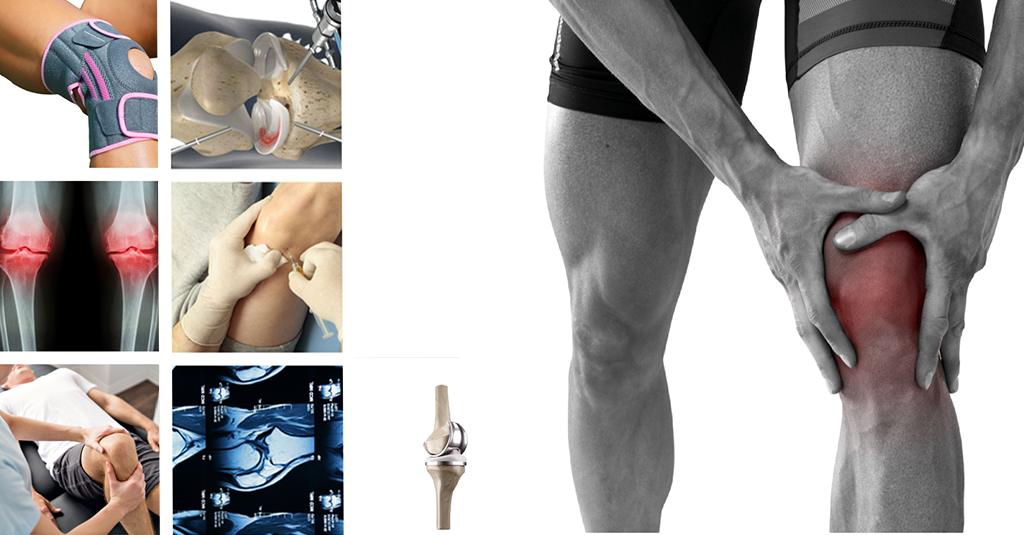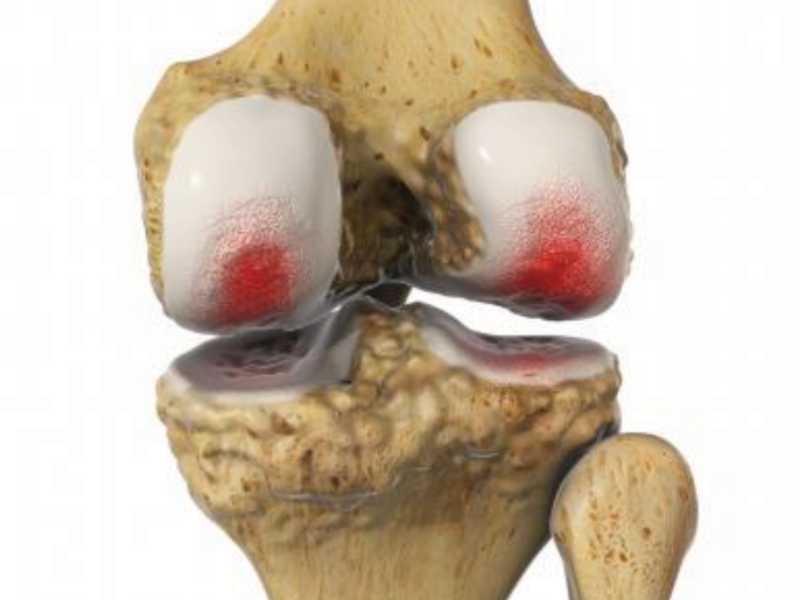
Robotic Knee Replacement
Robotic Knee Replacement https://phoenixspineandjoint.com/wp-content/uploads/2022/12/knee-pain-new-year.png 1024 535 Phoenix Spine & Joint Phoenix Spine & Joint https://phoenixspineandjoint.com/wp-content/uploads/2022/12/knee-pain-new-year.pngTime for a new knee? Make sure you get the robot!
Well, we have some good news and some bad news for you. The bad news is that nothing you’ve done so far has worked. Your knee still hurts like heck. It hurts to get up to answer to phone. It hurts to walk out to the car. Sometimes it hurts just sitting down! Physical therapy was fascinating, but didn’t work. The knee scope was amazing for a year or two, and there were those stem cell injections that everyone hoped just might do the trick. But now your knee still…just hurts. Always. You can’t do anything fun. And now your doctor just used the “R word” : as in…its time for a total knee replacement.
Now for the good news. When its done properly, total knee replacement, totally works. Generations of engineering improvements have given us high tech implants made from oxinium and advanced plastics that last longer than ever before. If misery loves company, then you’d be happy to know you’re not alone: there are now approximately 600,000 people having a knee replaced in the US every year. After surgery most hardly remember they had severe knee arthritis, and are back in the game, playing golf, gardening, traveling the globe, doing a full days work, and playing with the kids.
But, it has to be done correctly. The American College of Orthopedic Surgeons reports that nine out of ten patients have a good result after total knee replacement. Those sound like good odds, unless your the 1 in ten who didn’t do so well. Ask knee surgeons and they will say, it seems as though the best results occur when the implant size is just right for your knee, resulting in a tight fit with your bone. So you want to do anything and everything possible to get it right the first and only time.
That’s where the robot comes in.
The implants for your total knee replacement have 3 parts. There’s a metal cup for your thigh bone, a metal cap for your shinbone, and a plastic liner in between. Your surgeon drills out all that old arthritis to make a good fit. Back in the day this was done, like a carpenter, using a jig. The results were pretty good, but today you can do even better.
At Phoenix Spine & Joint we use the Robotic System to ensure you get the right implant, that fits perfectly with your bone. The right implant has to be the correct size for the normal range of motion of your knee. In the past this was done by estimation. Which means the surgeon basically “eyed it” and made their best guess. Today our surgeons use a much more sophisticated and leading edge process— by placing markers on your thigh and shin bones, and make a movie of your knee’s range of motion. Cameras pick up the movement of the markers. Our surgeons can then use a computer to choose the perfect implant for the motion in your knee.
The second key to a great result is the fit between your knee and the implants. Today technology at our centers allow for robots to help your surgeon create an exact “footprint” for the perfectly sized implants. Without robotic assistance, even the best surgeons can only be consistently accurate within a couple of millimeters; however with the robot they can be accurate to within 0.5 millimeters. For your knee, every millimeter matters. Using the robot, our surgeons are able to give you some of the most personalized, precise medicine available.
Robotic surgery is certainly more precise, but is it really better? Yes, in fact, it is. A study came out last July in which a surgeon did forty knee replacement without any form of robotic assistance, then another forty using the robot— and compared how the two groups of patients did. The robotic group had shorter surgeries, less pain, faster recovery, less need for physical therapy, and shorter hospital time. The researchers found the patients who had surgery with the robot had “…decreased pain, improved early functional recovery and reduced time to hospital discharge compared with conventional jig-based total knee arthroplasty.” In other words, the robot was better in every way.
Robotic surgery is so precise, some of our patients no longer even need total knee replacement. In some patients only one part of the knee is causing pain. For years surgeons tried to be less invasive, and just treat the portion of the knee with arthritis. Too often that approach failed because the implant size was not perfectly correct. With the extra precision enabled by robotic assistance, partial knee replacement is now a great option for more and more suffering with chronic knee pain.
Even with the robot’s help there will always be risks associated with surgery. However, by making the surgery more precise, the robot has also reduced some of these risks as well. Surgeries are so much less invasive we can also do them as an outpatient, avoiding the risk of infection and medical errors that happen so often in hospitals. For most of our patients no modifications or preparations are needed at home before the surgery. And you can expect to be back to desk work a week after the procedure. Please contact our office to learn more about robotic assisted knee replacemnt and to see if tota or partial knee replacement may be right for you.
- Post Tags:
- Pg - Knee replacement
- Posted In:
- Total Knee Replacement









